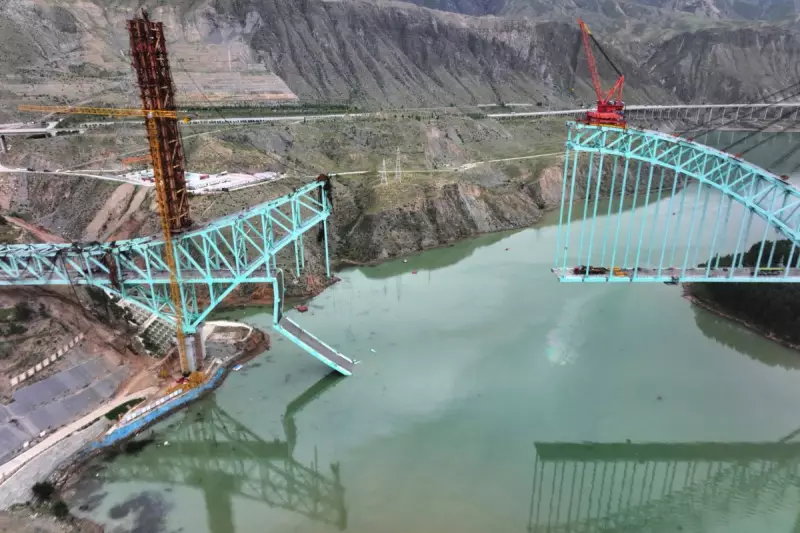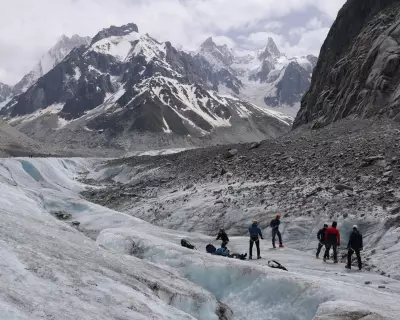
A major environmental crisis is unfolding at the source of one of China's most iconic waterways. The headwaters of the Yellow River, which provides sustenance to tens of millions, are drying up at an alarming rate, according to an official report from China's state-run Xinhua news agency.
The report, based on a comprehensive scientific survey, points to a combination of rising global temperatures and deteriorating grassland conditions across the permafrost region of the Qinghai-Tibet Plateau. This one-two punch is severely disrupting the delicate hydrological cycle that feeds the river.
The 'Mother River' in Peril
Known reverently as China's "Mother River," the Yellow River is the second-longest in the country. It originates in the Bayan Har Mountains of Qinghai province, a region often called the "water tower" of Asia for its role as the source of many major rivers.
For centuries, it has been the cradle of Chinese civilisation, supporting agriculture and communities across nine provinces and regions before emptying into the Bohai Sea. Its potential demise is not just an ecological issue but a profound threat to national water security.
A Perfect Storm of Environmental Challenges
The scientific survey identified a cascade of interconnected problems:
- Rising Temperatures: Accelerated melting of glaciers and permafrost, which are crucial, slow-release water sources.
- Grassland Degradation: Widespread deterioration of the grassland ecosystem, reducing the land's ability to retain water and prevent erosion.
- Increased Evaporation: Higher temperatures lead to more water being lost to the atmosphere before it can feed the river.
This has led to a significant expansion of desert-like conditions and the shrinkage of vital lakes and wetlands that act as natural reservoirs.
Broader Implications for Asia
The plight of the Yellow River is a stark warning for the entire region. The Qinghai-Tibet Plateau is also the source of other continental giants like the Yangtze, Mekong, and Brahmaputra rivers. The environmental pressures witnessed in Qinghai could foreshadow similar challenges for these other crucial water sources, potentially affecting billions of people across Asia.
While the Xinhua report outlines the severity of the situation, it also underscores the Chinese government's intensified efforts in ecological conservation around the river's source. The success of these initiatives will be critical in determining the future of this ancient and vital river.





